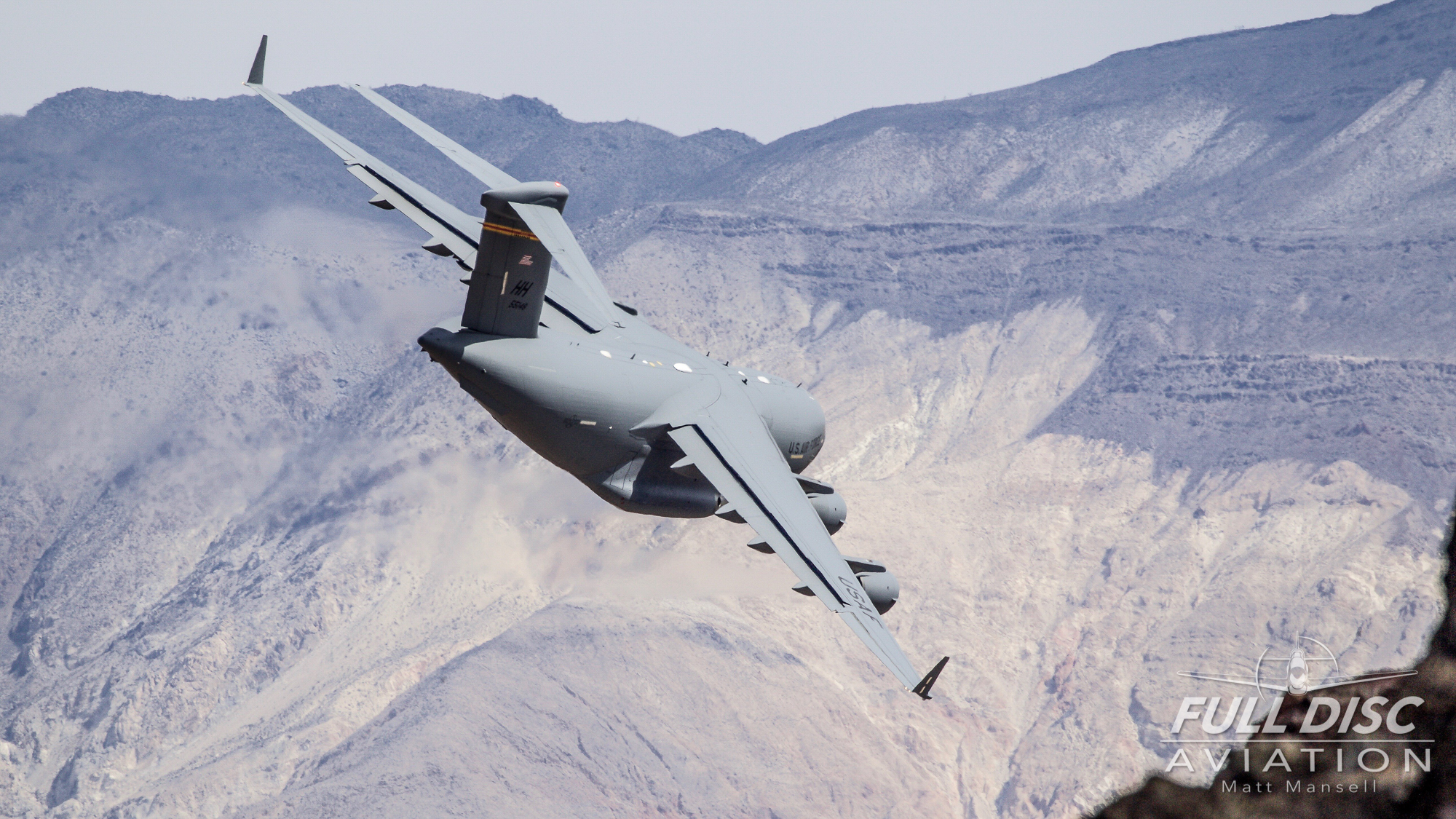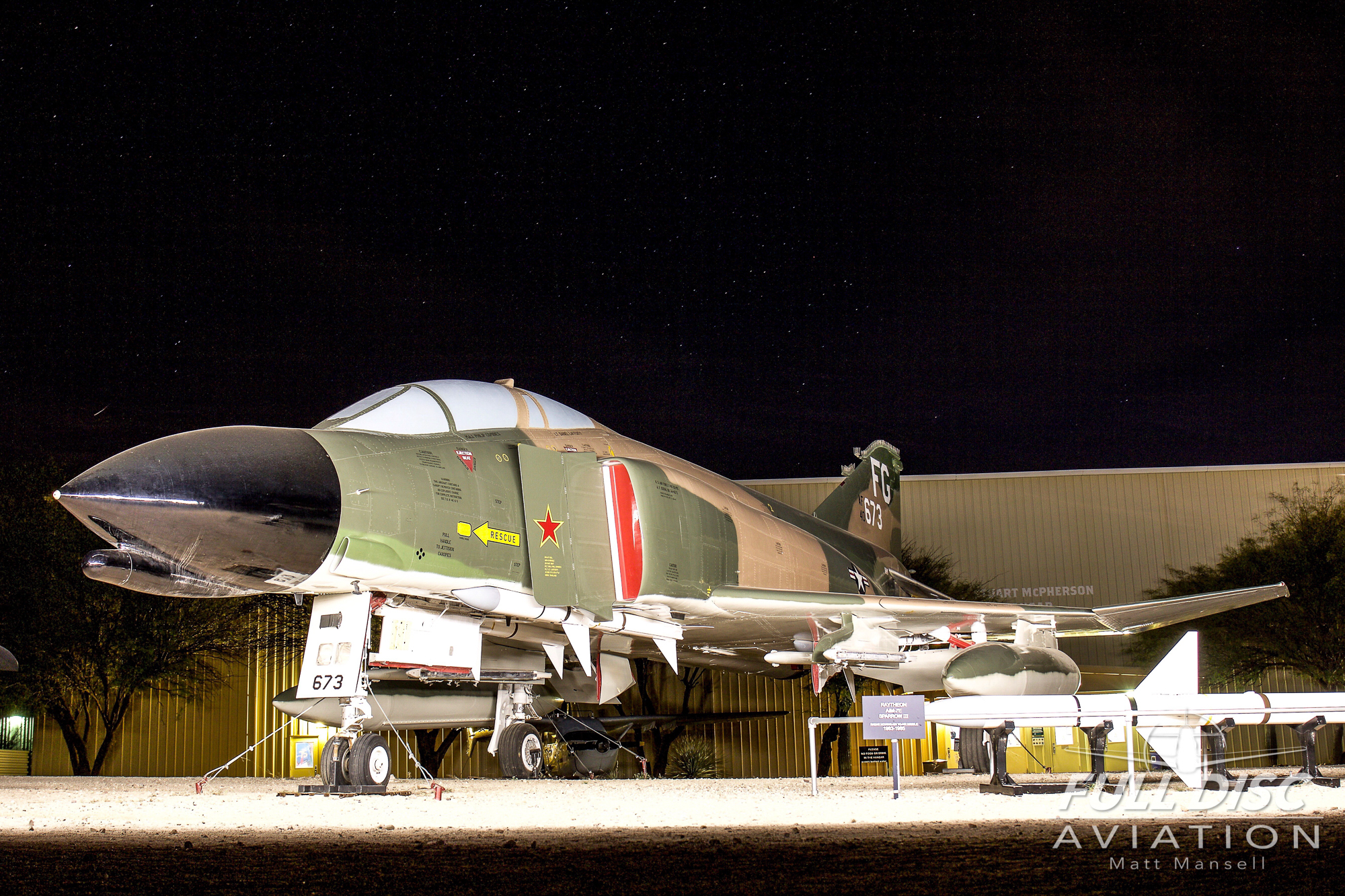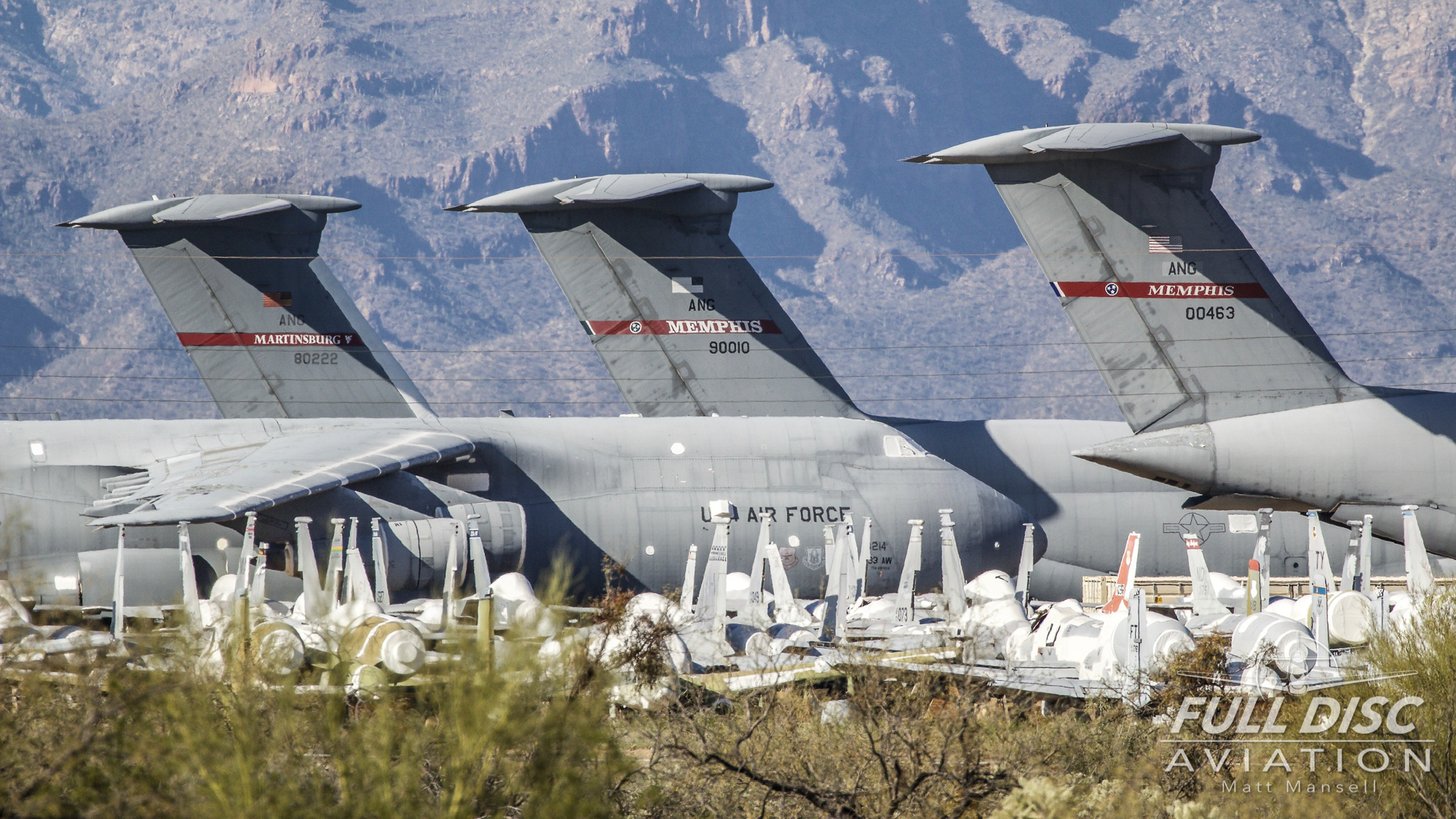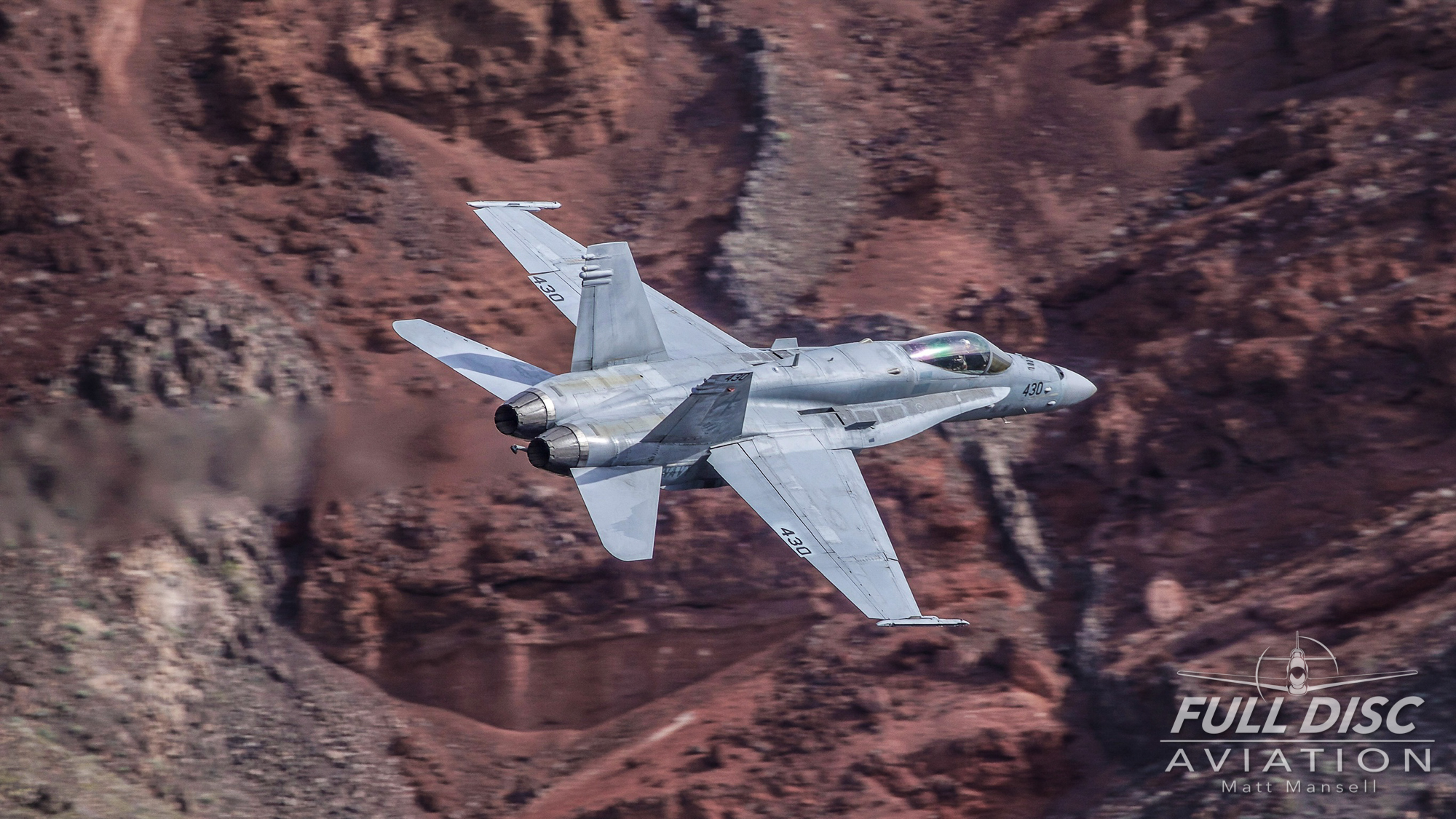USA Trip 2019
Prose & Photography: Matt Mansell
Having been fortunate enough to fulfill a lifelong ambition of traveling over to the Southwest of the USA for some of the best spots on Earth for aviation photography; this trip certainly didn’t disappoint. Over two weeks, a small group of fellow aviation photographers and I traveled more than 3,500 miles covering California, Nevada and Arizona, traveling through huge cities as well as some of the smallest and most isolated villages. We started in LA after a 12 hour flight and a further 3½ hours in the car, our first stop being NAF El Centro for their 2019 Air Show. En route south towards our first stop, we spotted a US Navy ship with a pair of CH-53 Super Stallions working out to sea, as well as a single MH-60 Sea Hawk – which was working closer to the coastline. We decided to pull in at the next rest area and were treated to several low passes by the Sea Hawk as it continued with it’s training next to the Interstate, an awesome American welcome.
While still trying to recover from a 24 hour day, we headed to El Centro, which was an awesome first day to kick things off. It was also a great opportunity to finally see a US Navy Blue Angels display for the first time. Also showcased were various other privately owned and military operated performances. With our first air show of the trip down, we then began the long trip to Vegas, passing through some gorgeous scenery which helped pass the time. As we neared Vegas, a quick stop at the Hoover Dam was made – yet another breathtaking sight, before we arrived at our night stop, ready for a day of Red Flag 19-2 at Nellis AFB. We headed out early that day to catch the morning wave of departures, some highlights being Nellis-based 64th Aggressor Squadron F-16’s, and visiting F-15’s (including RSAF F-15SA’s direct from the factory & F-15SGs based at Mountain Home AFB), Nellis based A-10’s, Belgian & Dutch F-16’s and much, much more. Having then switched between the Speedway and Cheyenne Avenue, we had an equally busy afternoon of departures and recoveries.
Later that day, we headed out to Ridgecrest, ready for 3 days of low level action at Star Wars Canyon in Death Valley National Park. We headed out early once again on the first morning at the Canyon, heading through Trona; a remote, sparsely populated mining community situated on a salt plane where any phone service was completely lost. From here, the valley opened up into a vast and completely empty space. After an hour of driving into the valley and up a small ridge pass, we reached the car park at Star Wars Canyon. The first day was spent at ‘The Saddle’ where we eagerly waited for the first pass of the day. Sure enough, at around 11:00am I spotted an F-15 profile screaming down into the valley; as it got closer and closer, what looked to be yellow wing tips through the viewfinder became more and more visible. Sure enough, my first ever pass through the canyon was the stunning California Air National Guard F-15C in its stunning 75 year anniversary scheme.
Despite the F-15’s being high, it was a real welcome sight and a great start to a fantastic first day at the Canyon. After several US Navy F-18 passes, one of which being the VFA-113 “Stingers” CAG bird, the day and location had exceeded all expectations. However, after around 2 hours from our first pass by the California ANG F-15’s I spotted another pair of F-15’s heading towards us, this time much lower than the first. I was struggling to believe my luck when I spotted that that the lead jet was the same specially painted F-15C as seen earlier that day, this time dropping below the canyon ridge and giving one of the most memorable low level passes that I can recall.
The day was rounded off by a C-130J Super Hercules from the 19th Airlift Wing, various US Navy F-18’s, and a C-17 Globemaster III from Hickham AFB, Hawaii, for a total of 12 passes that day.
Day two was also spent on ‘The Saddle’ and consisted of a total of 10 passes, most of which being Navy F-18’s, however we were treated to both the lowest pass of the trip, by a privately owned Fouga CM-170 Magister which was almost too low to shoot, and also a really fast pass from an Edwards AFB F-16D.
Day three we headed for ‘Pano’ to try to get a different perspective on the action. After a couple of hours waiting and a rainstorm closing in, it was looking to be a disappointing day. Suddenly, I heard a VX-31 F/A-18D call up on the scanner, and while looking out for the Hornet to appear, two jets appeared over the horizon. The first was the VX-31 Hornet, and the second was an Edwards AFB based Lockheed Martin owned F-35A which headed directly towards us, dove lower into the Canyon, plugged the burners and gave us yet another memorable pass through the Canyon just as the heavens opened.
After a long drive back to Vegas, we spent the next morning shooting the last day of Red Flag 19-2, again with an impressive morning wave of departures and recoveries mainly shooting from the Speedway. Having spent a couple of hours shooting in challenging light, we decided to start our 7 hour car journey to Davis-Monthan AFB for the Thunder & Lightning Over Arizona Air Show 2019. Both day 1 and 2 at the show offered yet more incredible but challenging photographic opportunities, the highlights for me being the newly formed F-35 demo team (heritage flight only), the A-10 demo team, F-22 demo team and the CSAR demo (Combat Search and Rescue). As well as the impressive flying displays, there was also a vast array of past and present aircraft on the static line up including several aircraft from the Boneyard (E-2C Hawkeye, F-4 Phantom, EA-6B Prowler and an F-14 Tomcat).
Having been given a heads-up by James Woodard, one of the awesome guys at Full Disc Aviation, we also had the rare opportunity to enter Pima Air & Space Museum after hours and take part in a night shoot straight after the air show. This made for yet another unique and unforgettable experience, allowing us get a whole new perspective on some of the incredible aircraft on display here and despite having 5 hours to shoot freely, there really wasn’t anywhere near enough time to fit everything in. One moment and shot I will always treasure is one of Pima’s two B-52s underneath the stars, a shot that I thought would never be possible. We followed on from this by a day in and around Davis-Monthan AFB checking out the Boneyard, Pima Air & Space (in the daylight) and catching some of the static aircraft depart after the air show weekend.
Our next stop was MCAS Yuma, a base that I had been particularly looking forward to for the whole trip in the hope to finally catch some USMC AV-8B’s. Not knowing how much activity there would be and where would be best to stand, we headed to the northeast side of the base. Within 5 minutes of arriving, three hazy, harrier-like figures taxied out onto the far runway and turned towards us. Within seconds, I had my first ever AV-8B rocketing towards me at no more than 50 feet above the runway (and my head) followed by two others. After several more AV-8B departures and missed approaches, we also had various aggressor F-5Es (or "Mig 28s") from VMFT-401 depart and land, MV-22Bs from VMM-263, F-35Bs from VFMA-211 and CH-53 Super Stallions from HMH-366; a great day with great photographic opportunities.
The following day we headed for Luke AFB and were once again amazed at the variety and levels of activity. Within the first few hours, we had shot F-35s from America, Norway, Australia, South Korea and The Netherlands. As well as this, there was plenty of F-16 activity, with variety of specially painted jets and aircraft from various US states and countries.
Following a failed trip to MCAS Miramar due to the lack of locations to stand around the base, we headed for the Flying Leatherneck Aviation Museum, which is located right next to the base itself. A small but incredible collection of various iconic and historic aircraft located within the grounds offered some nice photographic opportunities, with a lot of history to read about each piece on display. The final day took us to San Diego, a day spent on USS Midway and on the beach in Coronado next to Naval Air Station North Island, watching the sun set and the MH-60s pass overhead; the best possible way to end a fantastic trip made possible by a great bunch of guys.
In summary, the main comparison, in my opinion, is that although you may not get as much vapour or greenery in any canyon shots, Death Valley and the rock formations within the canyon itself make for some beautiful backdrops. Traffic wise, the canyon wins hands down. Having spoken to a few locals while there, a quiet day is considered to be anything less than 5 passes, whereas the Mach Loop can easily go several days without a single pass. For reference, I believe my most busy day in the Mach Loop was one of my first, in June 2015, where we saw around 14 passes. On the flip side, on several occasions we have seen nothing but Sheep and Crows. With regards to air shows, I feel that you are able to get much closer to the action than comparable UK shows (both static and flying). The main appeal of UK and European air shows in comparison is the variety of nations and aircraft present, despite this, the US still offers a lot of current combat and vintage aircraft in all shapes and sizes. All in all, I would still class Southwest America as one of the finest places on Earth for aviation photographers and enthusiasts. I would absolutely recommend a trip to anybody considering making the journey, however far it may be. I will be back.
